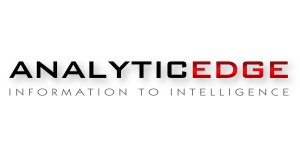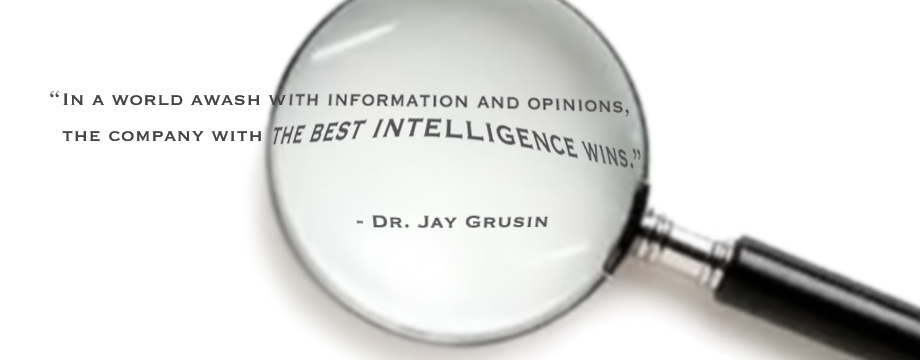Analytic Tradecraft Training Meets Demands for Actionable Intelligence
Timely high-impact intelligence analysis leverages information to move you from what is known to what’s ahead and the “so what” for your operation. It’s as effective monitoring rapid changes overnight as it is supporting longer-term forecasts.
Good intelligence requires sound analytic tradecraft. This is the systematic process analysts across the US Intelligence Community have used for decades to transform information from multiple sources into actionable intelligence for the most senior US Government officials and military commanders. It has become a global “gold standard” for analytic work. Return on investment is immediate and measurable.
Training in intelligence analysis from The Analytic Edge can help your operation more effectively leverage current capabilities and processes. It can strengthen your analytic products and bring additional rigor both to tactical assessments of overnight developments and longer-term strategic planning.
Because the training teaches an approach to analysis it is flexible and readily adaptable across disciplines and business areas…and any data sets regardless of number or size. Some of the documented applications include: operation and security centers, bid/no-bid decisions, criminal investigations, and allocating law enforcement resources.
Course Organization and Content
All the courses The Analytic Edge offers are built on time-tested analytic tradecraft skills and processes and follow the same same basic flow that reinforces the importance of consistency and clarity of judgments. The outcomes differ. Topic headings include:
What Is Good Intelligence and Why Does It Matter?
Participants develop an understanding of the key elements of good analytic tradecraft and its importance.
Understanding Customer Requirements
Participants learn the importance of understanding the world of their customers as the essential first step in the intelligence process.
Shape the Question Right
Participants practice crafting the “right question” to meet customer requirements with tailored products/service and understand how this process impacts multiple phases of the analytic process.
Answer the Question with the Bottom Line Up Front
Participants learn how to answer the question with the “what, why now, and “so what” in a clear bottom line up front.
Calibrate the BLUF: Gauge Uncertainty, Test Judgments, Identify and Mitigate Risks
Participants develop a common understanding of assumptions, including: the critical role they play in shaping judgments, determining the level of certainty expressed in the judgments, and strengthening the credibility of the analysis.
Forecast What’s Ahead
Drawing on the previous module participants learn how to shape a forecast consistent with the level of certainty and develop indicators of what might change their outlook. They also practice drafting summaries of their assessments.
Manage Biases & Differences, Leverage Expertise & Diverse Views
Participants learn about the impact of biases on the analytic process and practice using proven Structured Analytic Techniques . They also discover how to create a collaborative environment that leverages expertise and diverse views to enrich products.
Implementing Lessons Learned Skills
This module can be readily customized. As crafted,it provides participants with a review of the content and an opportunity to think about how they could apply what they have learned during the seminar to a participant’s project or one that is relevant to a particular industry or field.


